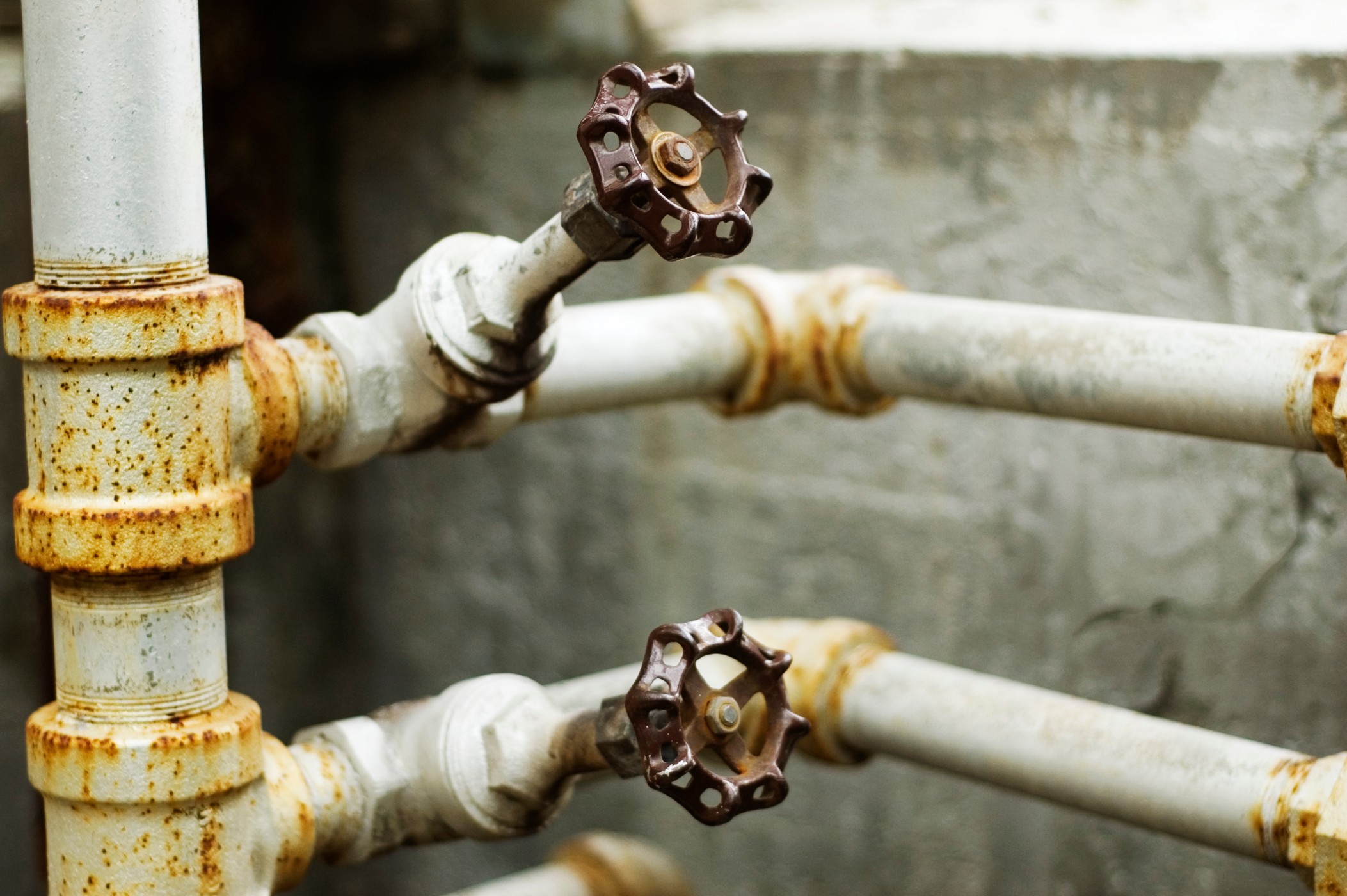A water valve is an essential component of any plumbing system, designed to control the flow and pressure of water in pipes and appliances. Its primary purpose is to regulate water flow, allowing users to start or stop it, adjust its speed, or change its direction. This article delves into the various aspects of water valves, explaining their significance, types, and applications.
Regulation of Water Flow

The fundamental function of a water valve is to manage the flow of water through a plumbing system. This control is crucial for various reasons, including maintaining water pressure, conserving water, and ensuring the proper functioning of water-dependent appliances. By adjusting the valve, users can prevent the issues associated with both high and low water pressure, such as pipe damage or inefficient appliance operation.
Water Conservation
Water valves play a critical role in water conservation. By regulating flow, valves help minimize water waste, enabling users to use only the necessary amount of water for a given task. This efficiency is particularly important in areas prone to drought or where water is scarce.
Safety and Maintenance
Water valves are vital for safety and maintenance within a plumbing system. They allow for the isolation of sections of the system for repairs or maintenance without shutting off the water supply to the entire building or facility. In emergencies, such as pipe bursts or leaks, water valves can be quickly turned off to prevent flooding and water damage.
Types of Water Valves
Several types of water valves cater to different needs and applications:
- Ball Valves: Known for their durability and excellent sealing capabilities, ball valves use a spherical disc to control flow. They are ideal for applications where tight shut-off is required.
- Gate Valves: Used to completely stop or allow water flow, gate valves are often installed in sections of the plumbing system that do not require frequent valve operation.
- Globe Valves: Designed for throttling purposes, globe valves can adjust the flow rate and pressure of the water passing through.
- Butterfly Valves: These valves use a rotating disc to control water flow and are valued for their compact design and quick operation.
- Check Valves: Check valves prevent backflow, ensuring that water flows in only one direction, which is crucial for preventing contamination and maintaining system integrity.
Applications
Water valves are ubiquitous and found in residential, commercial, and industrial settings. They are integral to home plumbing systems, irrigation, wastewater treatment facilities, and various industrial processes that require precise control of water flow.

